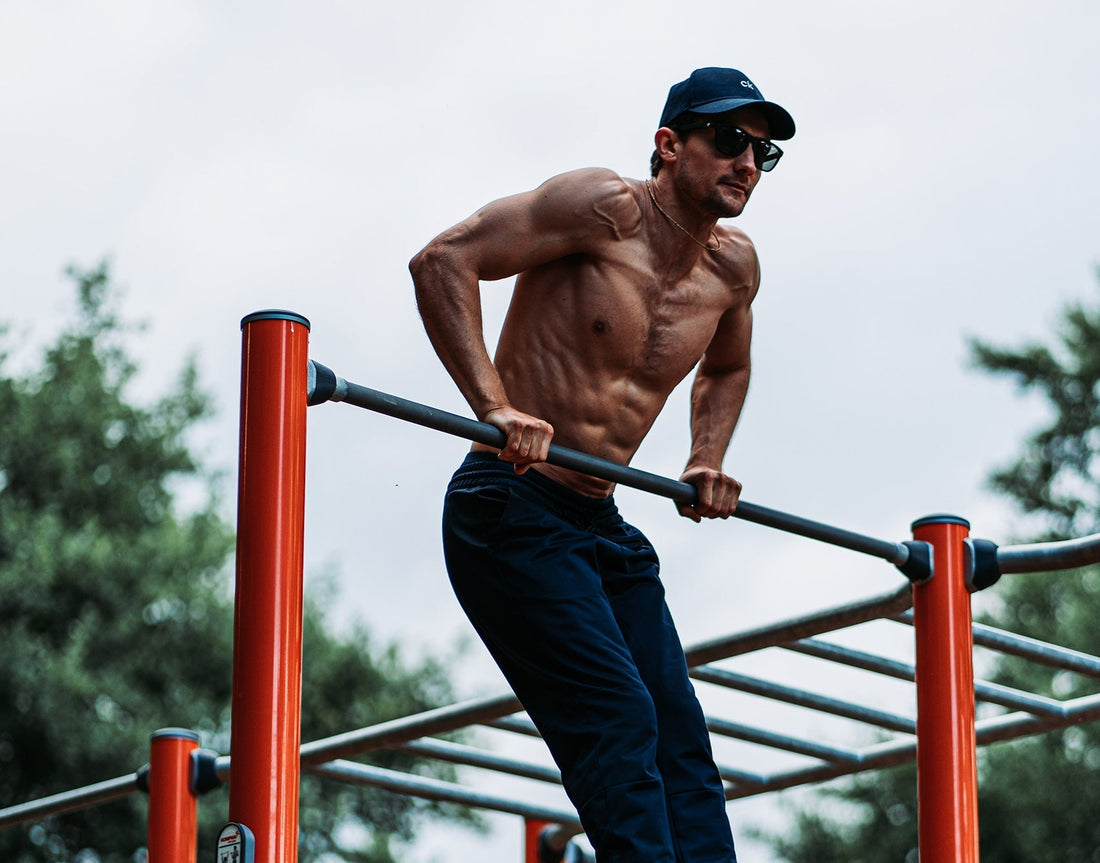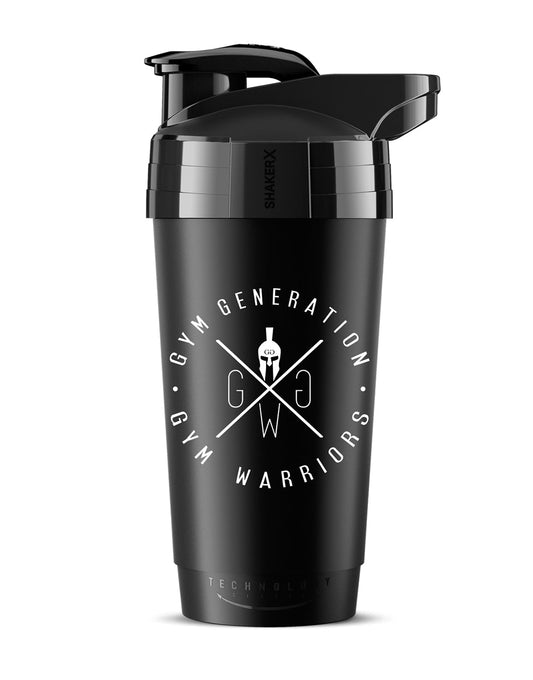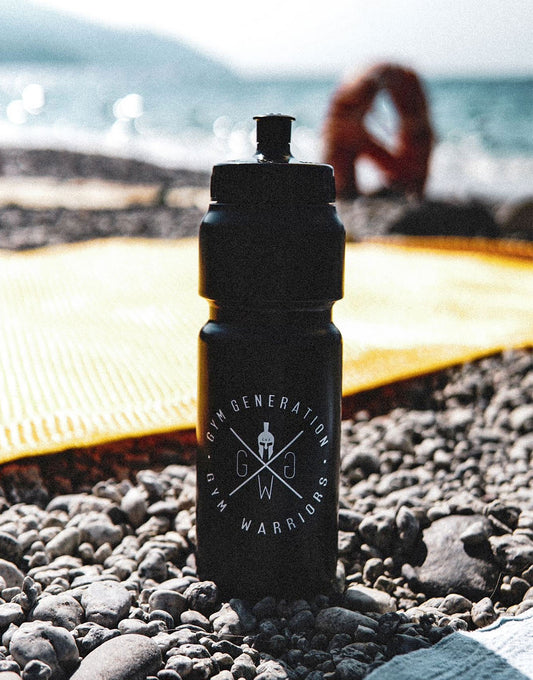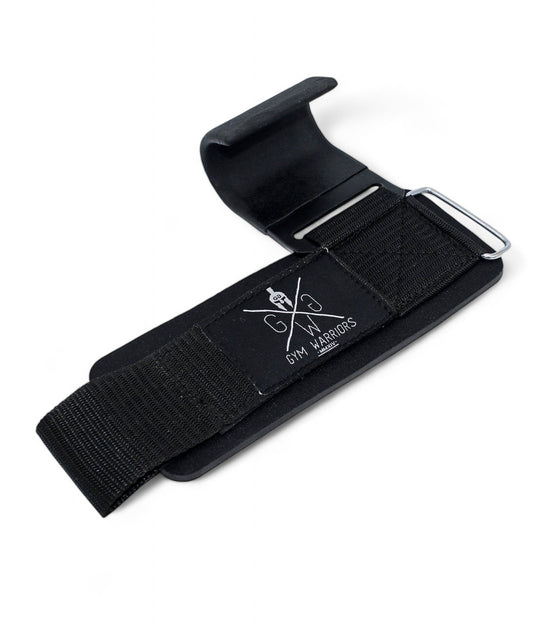
Calisthenics: The Art of Body Control
Calisthenics: What the Popular Bodyweight Fitness Trend Is Really About
Over the past few years, calisthenics has evolved from a niche concept into one of the most popular fitness trends worldwide. But what exactly is calisthenics – and where does this form of bodyweight training originate from? In this in-depth article, we explore the history and evolution of calisthenics, compare it to traditional weight training in the gym, and answer one of the most frequently asked questions: Can you really build muscle with calisthenics?
You'll also find a structured training plan for both beginners and advanced athletes, plus the most effective calisthenics exercises you can do anytime, anywhere – no equipment needed.
The Origins of Calisthenics: Ancient Strength Meets Modern Fitness
Calisthenics is far more than a modern fitness fad – its roots go all the way back to ancient times. The word derives from the Greek terms “kalos” (beauty) and “sthenos” (strength). Even in antiquity, calisthenics was used as a form of physical education to develop strength, endurance, and body control – all without machines or weights.
What was once considered basic physical conditioning has grown into a celebrated global discipline that combines muscular strength, mobility, and control. Thanks to social media platforms like YouTube, Instagram, and TikTok, modern calisthenics has exploded in popularity. Its minimalist philosophy and impressive movements attract those seeking to build natural strength while improving aesthetics.

Why Calisthenics Beats Traditional Gym Training
Calisthenics offers a wide range of advantages, especially when compared to conventional gym workouts. Its biggest benefit: you don’t need expensive equipment or a gym membership. Your body is your gym. All you need is your own weight, a pull-up bar, and maybe a bench or stable surface. Maximum efficiency, zero gear.
Another major benefit is the development of functional strength. Unlike traditional weightlifting, which often isolates muscles, calisthenics engages entire muscle chains. This leads to better movement coordination, body control, and core stability. It also strengthens often neglected stabilizer muscles and joint-supporting structures – essential for injury prevention and long-term health.


The Ultimate Calisthenics Training Plan: A Full-Body System
A smart calisthenics training plan targets all muscle groups evenly, improving both strength and mobility. Progress requires a structured approach, especially when working solely with your bodyweight.
Step 1: Warm-Up – Activate & Prepare
Start every session with 5–10 minutes of light cardio to raise your heart rate and activate major muscle groups. Jogging, jumping jacks, or jump rope are great options. Dynamic stretches like arm circles, leg swings, and hip rotations prepare your joints and enhance mobility.
Step 2: Foundational Exercises – Strength, Endurance, and Flexibility
Begin with core calisthenics movements to build a solid base:
- Push-ups – chest, shoulders, triceps
- Bodyweight squats – glutes, quads, hamstrings
- Lunges – balance, coordination, leg strength
- Planks – core stability and posture
Vary reps, tempo, and hand/foot positioning to increase difficulty and stimulate growth.
Step 3: Advanced Skills – Challenge & Progression
Once you’ve mastered the basics, move on to high-level skills:
- Muscle-ups – explosive pull-up into a dip
- Handstand push-ups – vertical strength and control
- Pistol squats – single-leg precision and balance
- Front lever holds – static core and back strength
These moves demand more power, tension, and technique – ideal milestones to level up your calisthenics journey.

Core Training: The Powerhouse of Every Movement
A strong core is the foundation of calisthenics. Whether holding a plank, performing pull-ups, or attempting advanced moves like muscle-ups – your core is always engaged.
Top core exercises:
- Planks – isometric tension for abs, back, shoulders
- Russian twists – rotational strength
- Hanging leg raises – lower abs and total core control
These exercises build deep stabilizers from your lumbar spine to your hips – improving performance, reducing injury risk, and enhancing body control.
Why Core Training in Calisthenics Is Non-Negotiable:
✔ Improved stability: A strong core supports your spine and posture
✔ Reduced back pain: Strengthens spinal support muscles
✔ More power & performance: Efficient force transfer in all sports
✔ Better balance & coordination: Crucial for complex movements
✔ Aesthetic benefits: Defined abs and upright posture


Stretching & Mobility: The Forgotten Key to Recovery
After an intense workout, don’t skip the cooldown. Stretching improves flexibility, supports recovery, and prevents soreness. Spend 10–15 minutes stretching key muscle groups – especially legs, back, shoulders, and chest – to enhance blood flow and long-term mobility.
Customizing Your Calisthenics Plan for Sustainable Growth
Your progress depends on how well your plan fits your body and goals. Adjust your training based on your level:
- Increase reps and sets gradually
- Add more challenging variations (e.g. Archer Push-ups, explosive lunges)
- Shorten rest periods to boost intensity
Important: Prioritize perfect form over high volume. Clean technique ensures steady gains and minimizes injury risk.
Muscle Growth Through Calisthenics – Does It Really Work?
Yes – absolutely. With the right approach, calisthenics can be just as effective as weight training for building muscle.
The key is progressive overload – consistently challenging your muscles with increasing resistance:
- Add reps to core exercises like pull-ups, dips, and push-ups
- Increase difficulty: one-arm push-ups, pistol squats
- Use external resistance: weighted vests, dip belts, heavy backpacks
- Manipulate time-under-tension: slow, controlled reps
- Train to failure – always with proper form
With consistent training, proper nutrition, and enough recovery, you can achieve impressive muscle growth – no machines required.

Train Smarter with Resistance: Discover the Weighted Vest by Gym Generation
Ideal for calisthenics, CrossFit, or cardio conditioning.
➡️ Explore the Gym Generation Weighted Vest
Nutrition & Mindset – The Underrated Keys to Progress
To build muscle through calisthenics, training alone isn't enough. You also need the right fuel. Your body requires sufficient calories and high-quality protein to rebuild and grow muscle tissue.
Focus on:
- Lean meats & fish
- Eggs & low-fat dairy
- Legumes (beans, lentils)
- Nuts, seeds & plant-based proteins like tofu
Only by combining training, nutrition, and recovery can you unlock real, visible results.
Calisthenics: A Philosophy for Full-Body Fitness
Calisthenics is more than just a workout method. With its roots in ancient training, it promotes total-body fitness based on balance, mobility, body control, and natural strength – all without expensive machines or memberships.
A great calisthenics plan should:
- Engage all major muscle groups
- Improve strength and flexibility equally
- Apply progressive overload
- Allow time for rest and adaptation
If you're committed, patient, and focused, calisthenics can help you build a strong, aesthetic physique – using nothing but your body and your mindset.
The Most Essential Calisthenics Exercises for Strength & Muscle Growth
These bodyweight staples form the foundation of every calisthenics journey:
✅ Push-Ups
Classic upper body move. Builds chest, shoulders, triceps, and core. Variations like diamond, archer, or explosive push-ups increase challenge.
✅ Pull-Ups
Essential for upper back and arms. Beginners can start with negatives or resistance bands. Advanced: wide-grip, L-sit, or chest-to-bar pull-ups.
✅ Squats & Pistol Squats
Activate legs, glutes, and core. Progress to pistol squats for unilateral control and leg strength.
✅ Lunges
Enhance leg power and coordination. Mix forward, reverse, lateral, or jumping variations.
✅ Planks & Core Drills
Stabilize your entire body. Combine with side planks, hollow holds, or leg raises for full core activation.
✅ Dips
Target chest, shoulders, triceps. Use parallel bars, benches, or rings. Combine with leg raises for added difficulty.
✅ Handstands & Handstand Push-Ups
Iconic calisthenics skill. Builds shoulder strength, balance, and body control. Start with wall-supported versions.
Ready to Start Your Calisthenics Journey?
Whether you're a complete beginner or an advanced athlete, calisthenics offers the tools to:
- Build lean muscle mass
- Improve body awareness and control
- Level up your functional fitness
Grab a mat, find a pull-up bar or outdoor station – and take the first step toward mastering your own bodyweight.






























